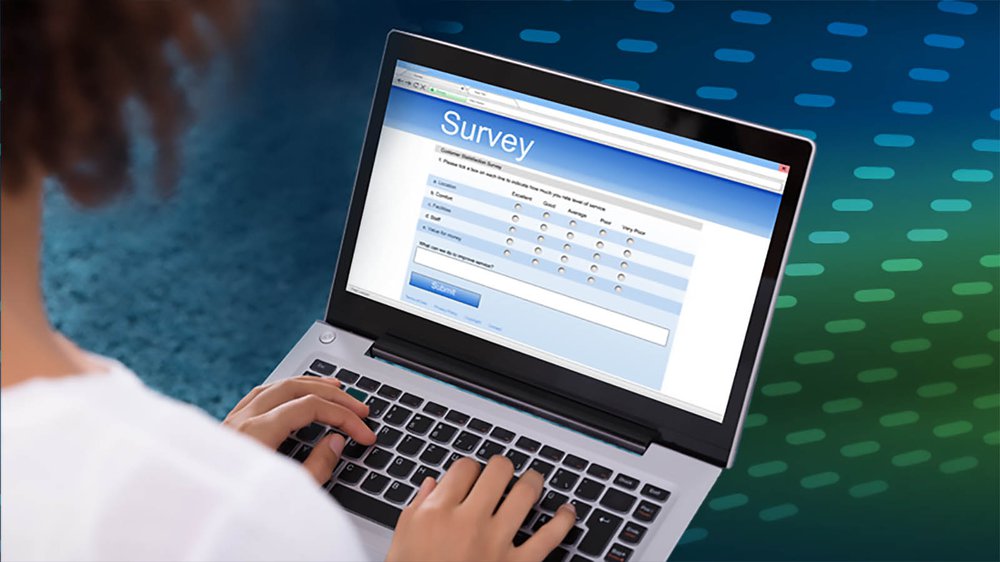The Learning Counsel today released the results of its sixth annual Survey of School and District Digital Curriculum Strategy and Transformation. 462 K-12 U.S. Schools and Districts responded to this year’s national Survey, which collects data to rate schools and mark national trends in how digital transitions are occurring, primarily from a lens of software sophistication, devices and network infrastructure. It is also a school “Self-Assessment” Tool because schools find that just the process of answering all the questions helps them to work out strategies to meet or exceed efforts in the surveyed areas nationally.
Some of the top takeaways from the 2019 survey include:
- The K-12 Ed-Tech Market is experiencing the results of an unsustainable growth in spending without commensurate results. A dire need to create relevancy has triggered a bonanza of trial-and-error that all markets go through on their way to being transformed because of technology.
- Hardware and major systems software spend has recovered while digital curriculum continues a steep rise, driving change in operations.
- Social-emotional needs of students is now cited as the number one pressure point.
- Schools and districts are on their way to new personalized learning models, but still heavily oriented in whole-group teaching.
- Administrators are becoming savvy in selecting digital curriculum and content.
Data from the Learning Counsel’s 2019 Survey indicates that 58 percent of schools now rate their highest pressure as coming from their student’s social and emotional needs. 45 percent gave a high-pressure rating to the “ever-changing academic and technical standards (demanding to be kept up with).” 42 percent gave a high-pressure rating to “increasing technology complexity.” 35 percent of respondents gave a high-pressure rating to “a sense of growing educational disequilibrium.”
Another finding was that the largest districts were disproportionately citing the most concerns with “student attrition due to homeschool, charter or private school options,” or “other student attrition for any reason.” Many of those districts cited these concerns with a 9-or-10-level of pressure.
For the year 2019, the US K-12 market spent $18.9 Billion on curriculum, with $11 Billion spent on digital curriculum and $7.9 Billion spent on paper curriculum. 70 percent of responding schools and districts expect the purchase of digital curriculum to increase. Straight to consumer K-12 digital curriculum spending was up to $21 Billion, a 17 percent increase over last year. Results indicate that straight to consumer digital curriculum is growing at a much faster rate than its school and district counterpart, which increased at a rate of 3 percent last year. Part of the driver for consumer purchase of digital curriculum is the fast-growing home schooling and “unschooling” free range learning movement which is personalized learning. Digital learning shopping has also been called the “Amazonization” of education.
The number one aspect cited for choosing digital curriculum is the quality of content references and instructional craft, followed closely by privacy/security and technical integration readiness into an existing system or behind single sign-on. Total cost was only the fifth most important aspect when choosing digital curriculum.
Some noteworthy changes in this year’s national survey include:
- Tons of digital curriculum brands cited as in use, including a lot of adaptive digital curriculum.
- Lots of experiential brands from coding, robotics, other hands-on career and technical education professional-grade software teaching students workforce skills.
- More respondents citing issues of organizational willingness to change, and the rather chilling “sense of growing educational disequilibrium” indicating growing awareness of urgency.
- Schools do not really understand full personalization workflow, being analytics-driven, organizational redesign to away from class orientation to fully personalized paths that use teachers at necessary intervals only, or the workload advanced digital curriculum and algorithms could absorb towards higher gains in achievement.
“This is a very comprehensive survey,” said LeiLani Cauthen, Publisher and CEO of the Learning Counsel. “The depth and granularity of the annual survey offers insight into the attitudes and preferences of America’s school and district personnel at every level. Even our own survey team spent weeks combing through the data, which will inform and indicate our direction in the coming year.”
To receive a copy of the full survey, interested parties can email: Kristina@learningcounsel.com.
About the Learning Counsel
The Learning Counsel is a research institute and news media hub with 215,000 readers that provides context for schools in digital transition from a deep understanding of tech user experience, systems and organization. Their mission-based organization was the first to develop a thesis of education’s future based on technology’s evolution -- and start helping schools advance systematically. Their EduJedi Leadership Society is a membership organization created for community among educators with change management professional development. The Learning Counsel has Learning Groups on important tech topics and digital curriculum standards convene inside our social media site, Knowstory.
Take the 2020 Survey
The 2020 National Digital Curriculum Survey is now available. Taking the survey helps schools and districts assess their progress in the digital transition, as well as helping them inventory their assets. To participate in this year’s survey and contribute data to inform our nation’s school leaders, click here.











